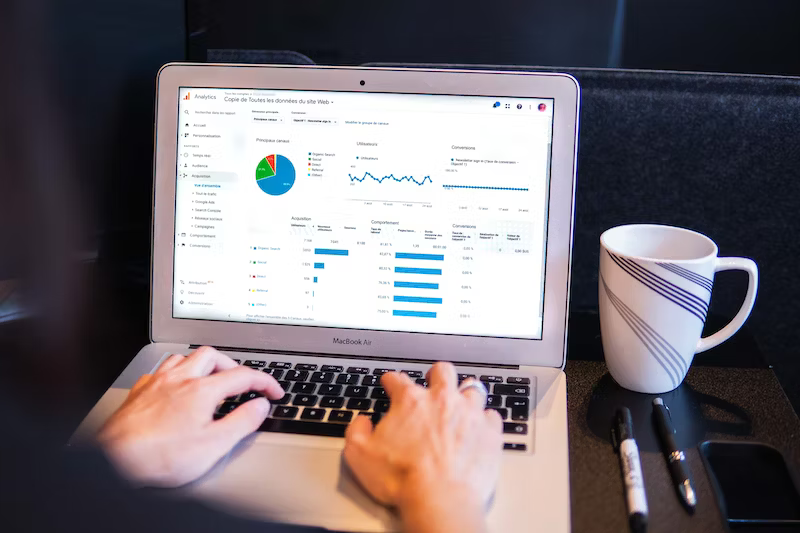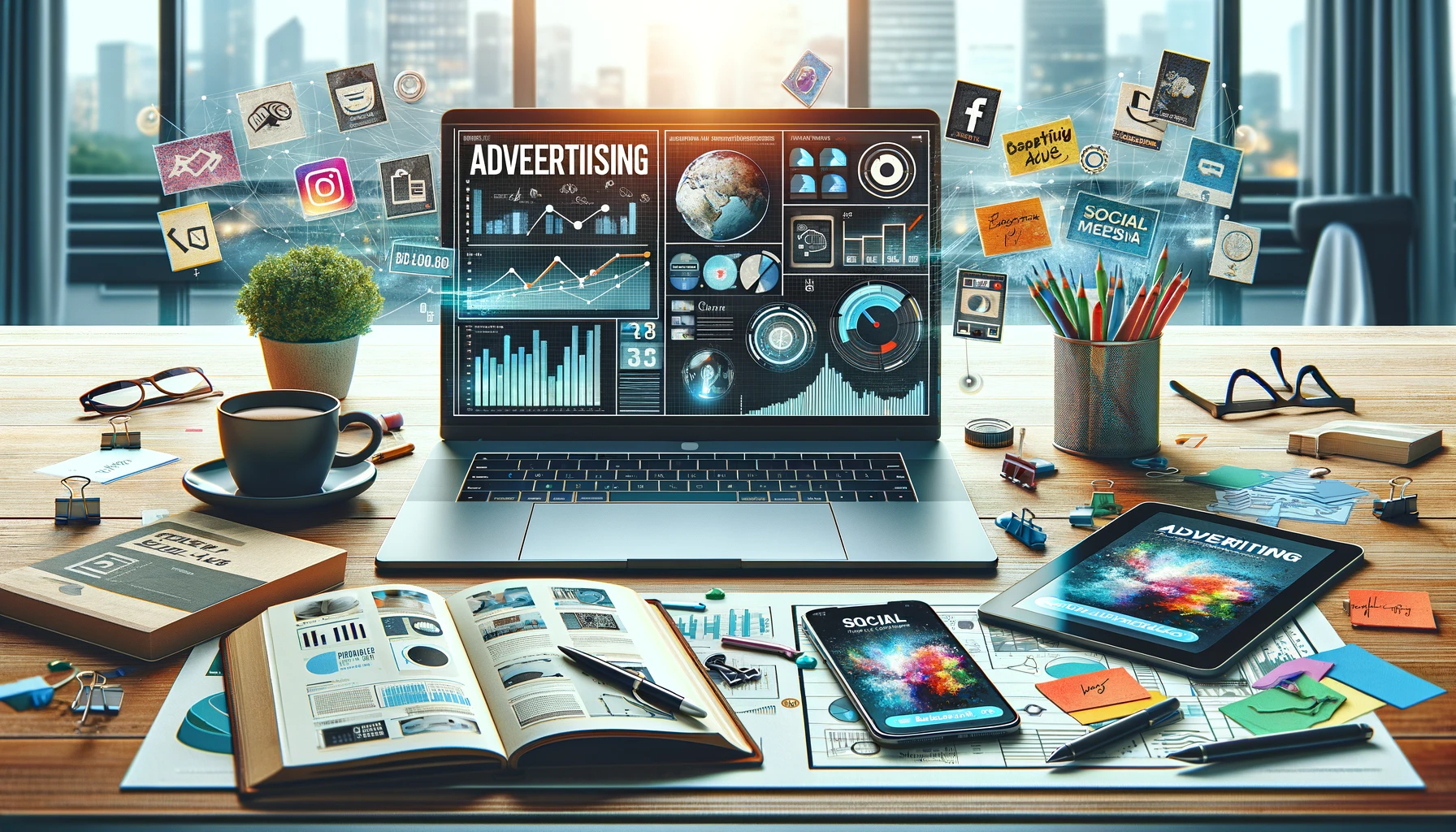In the dynamic landscape of digital marketing, Artificial Intelligence (AI) has emerged as a transformative tool, especially in the realm of ad copy generation. The ability to craft compelling, targeted, and highly effective ad copy is a crucial component of any successful marketing strategy. In this comprehensive guide, we’ll delve into how AI can be harnessed for ad copy generation, exploring its benefits, practical applications, and best practices.
Understanding AI in Ad Copy Generation
AI in ad copy generation involves using advanced algorithms, machine learning (ML), and natural language processing (NLP) to create persuasive and relevant advertising content. Unlike traditional methods, AI-powered tools can analyze vast amounts of data, understand consumer behavior, and generate copy that resonates with specific audiences.
The Evolution of AI in Marketing
AI’s journey in marketing started with simple automation and data analysis. Today, it has evolved to include sophisticated language models capable of producing human-like text, offering a new paradigm in ad copy creation.
Key Technologies Behind AI-Driven Ad Copy
- Machine Learning (ML): ML algorithms learn from data patterns, enabling AI to understand and predict consumer preferences.
- Natural Language Processing (NLP): NLP helps in understanding and generating human language, making AI-generated copy more natural and engaging.
- Data Analytics: AI systems use data analytics to understand market trends, consumer behaviors, and campaign performance.
Benefits of Using AI for Ad Copy
- Efficiency and Speed: AI can generate multiple ad copy variations quickly, saving time and resources.
- Personalization: AI algorithms can tailor ad copy to individual user preferences, increasing relevance and engagement.
- Scalability: AI can easily scale ad copy production to meet large and diverse campaign needs.
- Performance Analysis: AI tools can analyze ad performance, providing insights for optimization.
How to Use AI for Ad Copy Generation
Step 1: Define Your Campaign Goals
Before leveraging AI, clearly define your campaign objectives. Are you aiming to increase brand awareness, drive sales, or engage a specific demographic? Your goals will guide the AI in generating appropriate ad copy.
Step 2: Choose the Right AI Tool
There are various AI ad copy tools available, each with unique features. Options include platforms like Persado, Copy.ai, and others that specialize in generating creative, optimized copy.
Step 3: Input Your Parameters
Provide the AI tool with necessary inputs such as target audience, brand voice, key messaging, and any specific call-to-action (CTA). This information helps the AI generate more targeted and effective ad copy.
Step 4: Generate and Evaluate the Copy
Once you input the parameters, the AI tool will generate ad copy variants. Evaluate these against your objectives and brand tone. It’s important to ensure that the AI-generated content aligns with your brand’s values and messaging style.
Step 5: Test and Optimize
Testing different variants of AI-generated ad copy is crucial. Use A/B testing to determine which versions perform best in terms of click-through rates, engagement, and conversions. Based on these insights, you can further optimize your ad copy.
Step 6: Continuously Learn and Adapt
AI tools learn from ongoing campaigns. Regularly updating the AI with new data and insights will refine its output, ensuring the ad copy remains effective and relevant over time.
Practical Examples of AI in Ad Copy Generation
Example 1: E-commerce Product Descriptions
An e-commerce platform can use AI to generate unique and compelling product descriptions. For instance, an AI tool can produce descriptive and persuasive copy for a new line of athletic wear, highlighting features like durability, comfort, and style, tailored to the interests of fitness enthusiasts.
Example 2: Email Marketing Campaigns
AI can craft personalized email subject lines and content. For a holiday sales campaign, the AI could generate subject lines like “Exclusive Holiday Deals Just for You, [Name]!” and personalize the content based on the user’s previous purchase history.
Example 3: Social Media Ads
For a social media campaign promoting a new tech gadget, AI can generate concise, engaging copy suitable for platforms like Facebook or Instagram. It can create variations targeting different demographics, emphasizing aspects like cutting-edge technology for tech enthusiasts or ease of use for the general public.
Best Practices for Using AI in Ad Copy
- Human Oversight: Always have human oversight to ensure the AI-generated copy aligns with your brand voice and adheres to ethical standards.
- Understand Your Audience: Provide the AI with detailed insights about your target audience for more personalized and effective copy.
- Keep Brand Consistency: Ensure that AI-generated copy maintains a consistent tone and style with your overall brand messaging.
- Continuously Update Data: Regularly feed new data and insights to the AI tool for continuous learning and improvement.
- Experiment and Learn: Don’t be afraid to experiment with different AI-generated copy styles and formats to find what works best for your audience.
The Future of AI in Ad Copy Generation
The future of AI in ad copy generation is promising, with advancements in AI technologies paving the way for even more personalized, creative, and effective advertising. As AI tools become more sophisticated, they will offer deeper insights into consumer behavior and enable marketers to craft ad copy that resonates on a more personal level.



